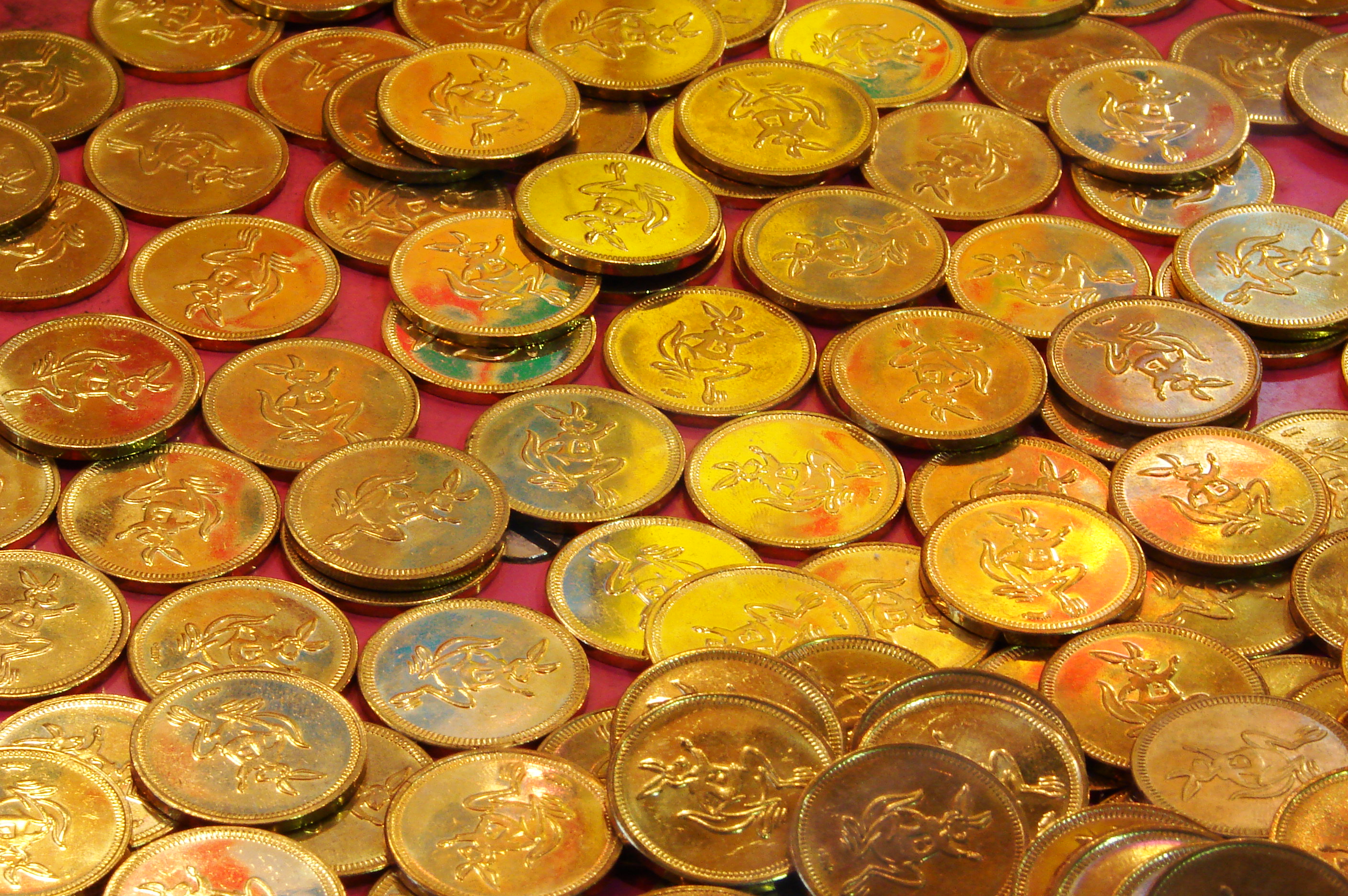When the cryptocurrency bubble pops, these tokens are built to survive

Being in a cryptocurrency bubble is not entirely a bad thing. At least according to crypto’s true believers. The argument goes like this: Sure, lots of people lost money when the dot-com bubble burst, but the technological innovation and human capital that survived became the foundation of today’s internet economy. Something similar is bound to happen if and when the blockchain bubble goes pop.
This piece appears in our new twice-weekly newsletter Chain Letter, which covers the world of blockchain and cryptocurrencies. Sign up here – it’s free!
Even if we assume that’s correct, and that today’s blockchain developers are laying the foundation for another economic revolution, it’s still too early to predict how the new system might look and feel. But we have had a few tantalizing glimpses, the clearest of which are “utility tokens.”
From chaos, order: All crypto-tokens are built on a blockchain or other shared cryptographic ledger, but not all are created equal. Switzerland, a hotbed for initial coin offerings, accounted for this in a set of landmark regulatory guidelines that divide tokens into three categories.
Bitcoin and other currencies primarily designed to be payment methods go in the first bucket, known as payment tokens. In the second are blockchain-based versions of traditional securities, like stocks and bonds—those are called asset tokens. Utility tokens are those “intended to provide digital access to an application or service.”
The arcade analogy: It might be best to think of utility tokens as arcade tokens, in that they are designed to work in a specific network. Their main function is usually to provide access to the network’s service, the way an arcade’s tokens provide access to its games and prizes.
Real-life examples:
- Data storage: Siacoin, Storj, and Filecoin are trying to be decentralized competitors to cloud storage services like Dropbox and Amazon Web Services. In these services, tokens serve both as incentive for people to contribute storage capacity to the network—anyone who provides capacity gets tokens as a reward—and as a means of payment for the service.
- Cryptocurrency exchanges: Airswap and 0x (among others) have developed blockchain-based protocols that let traders swap different kinds of tokens peer to peer. In Airswap, traders use tokens to broadcast that they want to trade. In 0x, the token serves as incentive for third parties, called relayers, to facilitate connections between trading partners.
Where things get weird: Crypto-tokens fluctuate in value, and many are tradable on cryptocurrency exchanges. The ICO craze, which has spawned hundreds of flashy new coins, has also inspired rampant speculation and fraudulent schemes that often target “Main Street” investors. All of this has gotten the attention of securities regulators.
The big question: Are utility tokens securities? This matters because securities are subject to relatively strict regulations. In Switzerland, the answer is no—as long the “sole purpose” of the token is to provide access to a digital application or service, and it can be used that way at the time it is issued.
If the US were to adopt a similar rule, it could affect many projects whose developers are ostensibly building utility tokens for yet-to-be-launched networks—including Filecoin, which raised $257 million via an ICO last year. “I believe every ICO I’ve seen is a security,” Jay Clayton, chair of the Securities and Exchange Commission, told a Senate committee earlier this month. Either way, this conversation is just getting started.
Keep Reading
Most Popular
Large language models can do jaw-dropping things. But nobody knows exactly why.
And that's a problem. Figuring it out is one of the biggest scientific puzzles of our time and a crucial step towards controlling more powerful future models.
The problem with plug-in hybrids? Their drivers.
Plug-in hybrids are often sold as a transition to EVs, but new data from Europe shows we’re still underestimating the emissions they produce.
How scientists traced a mysterious covid case back to six toilets
When wastewater surveillance turns into a hunt for a single infected individual, the ethics get tricky.
Google DeepMind’s new generative model makes Super Mario–like games from scratch
Genie learns how to control games by watching hours and hours of video. It could help train next-gen robots too.
Stay connected
Get the latest updates from
MIT Technology Review
Discover special offers, top stories, upcoming events, and more.